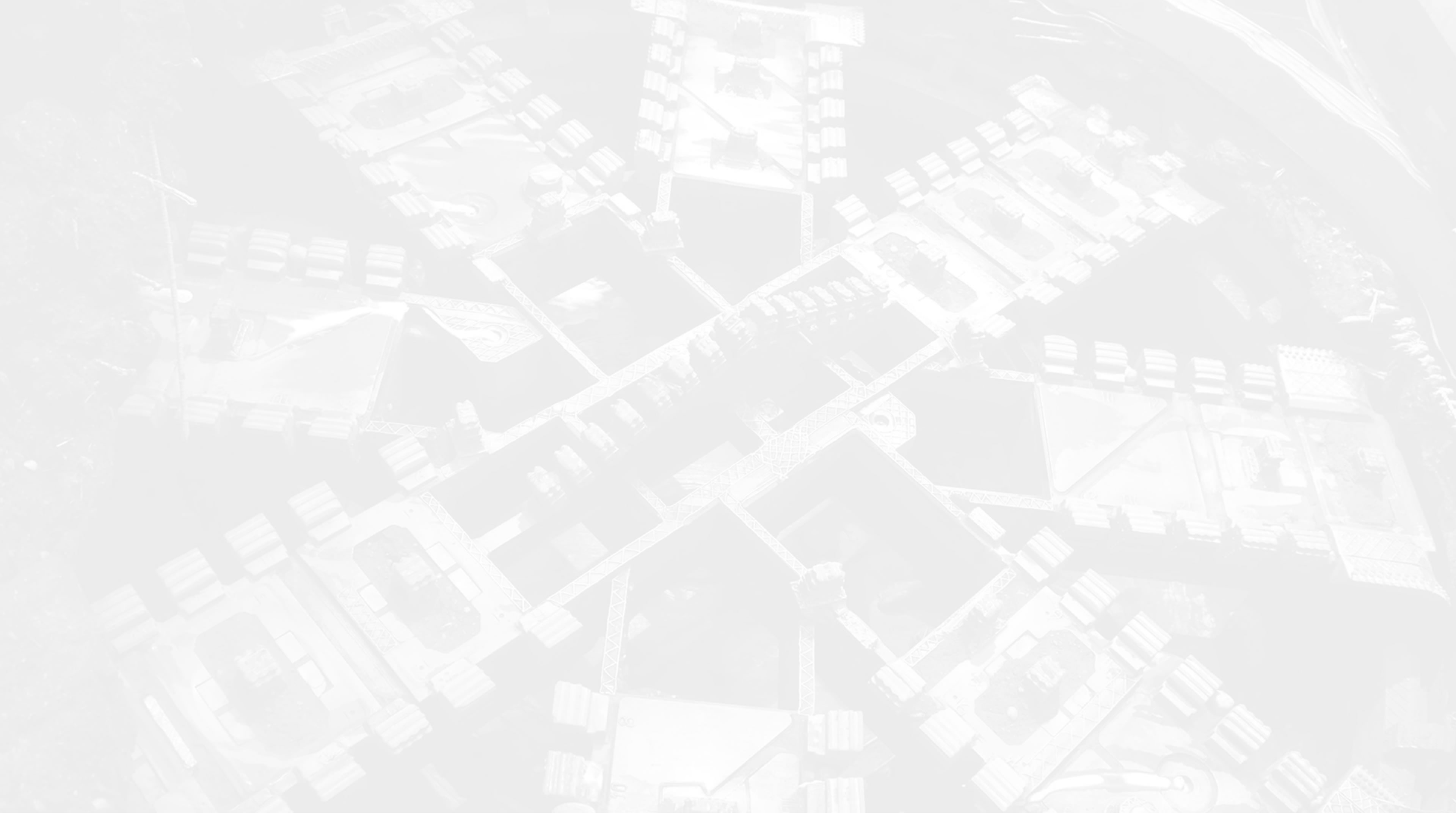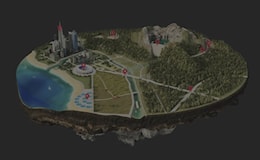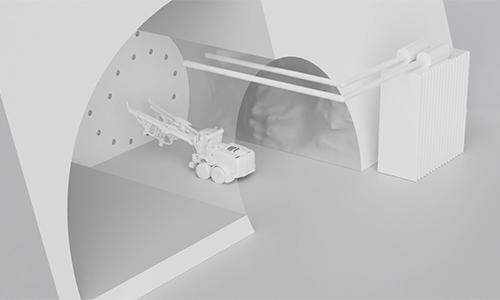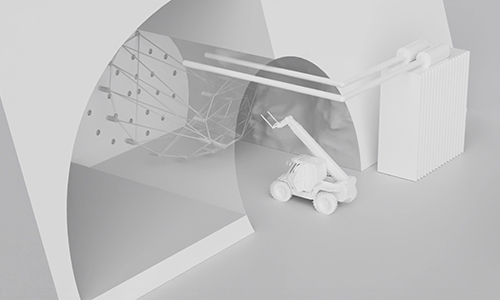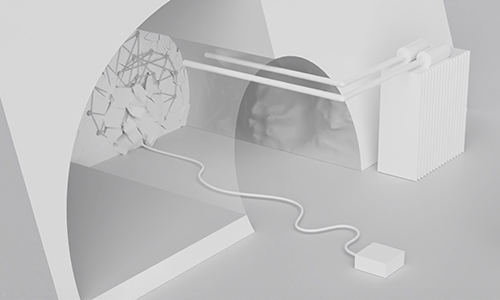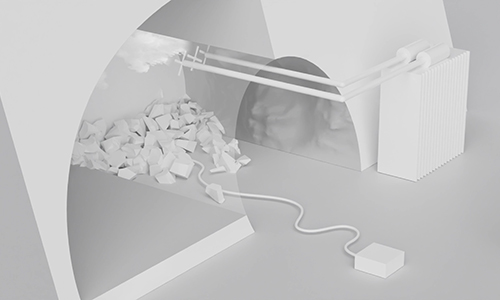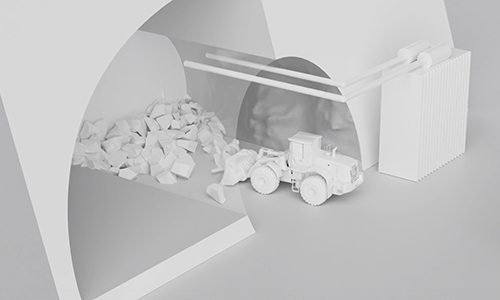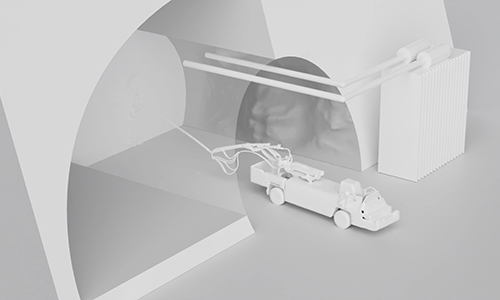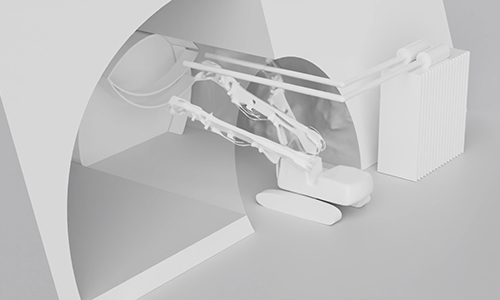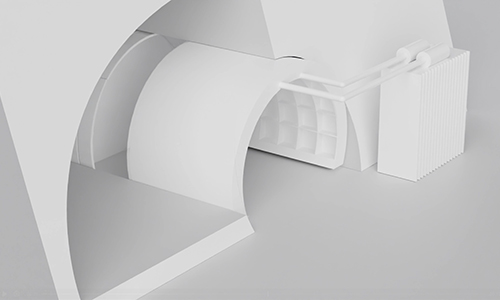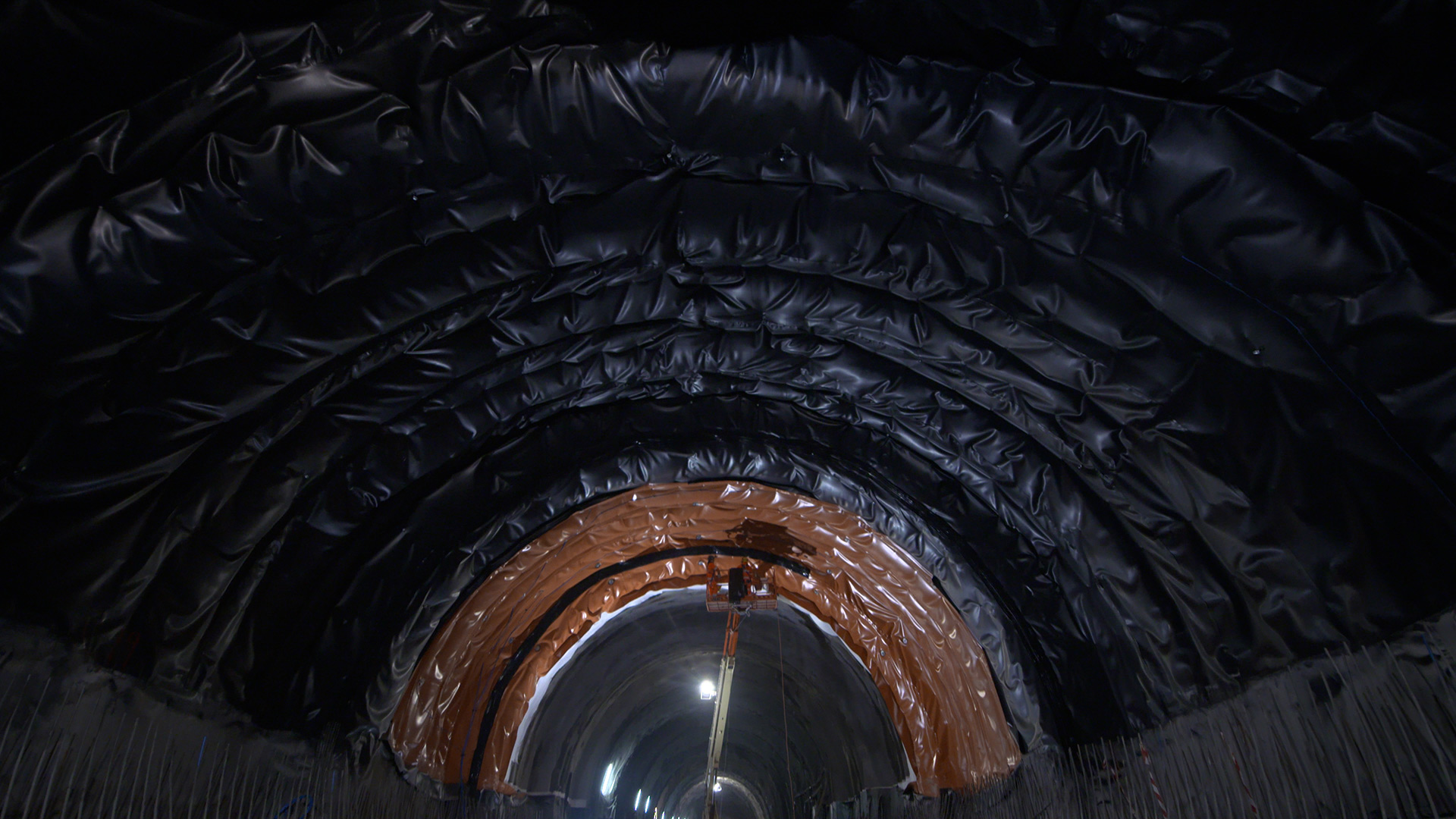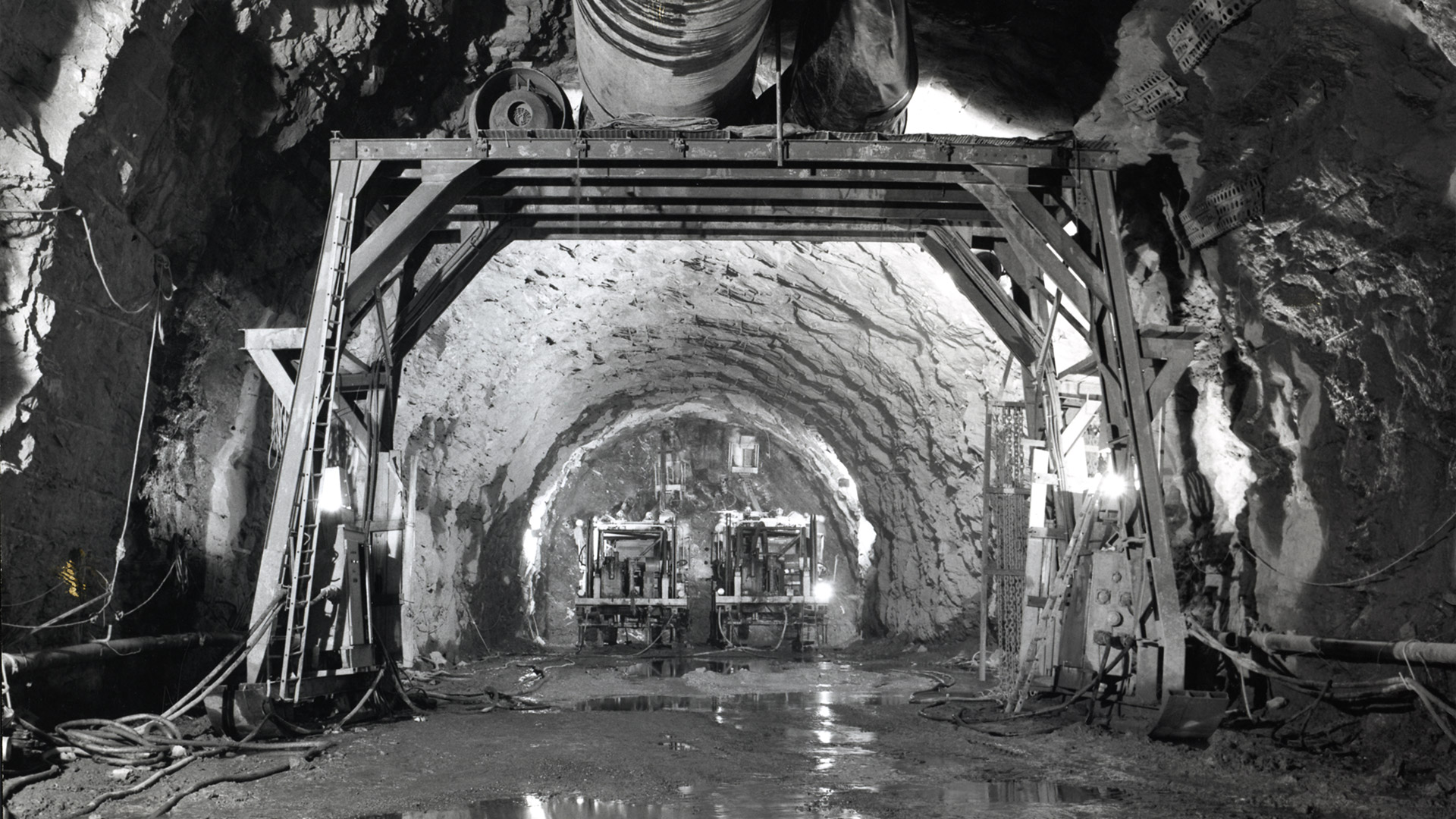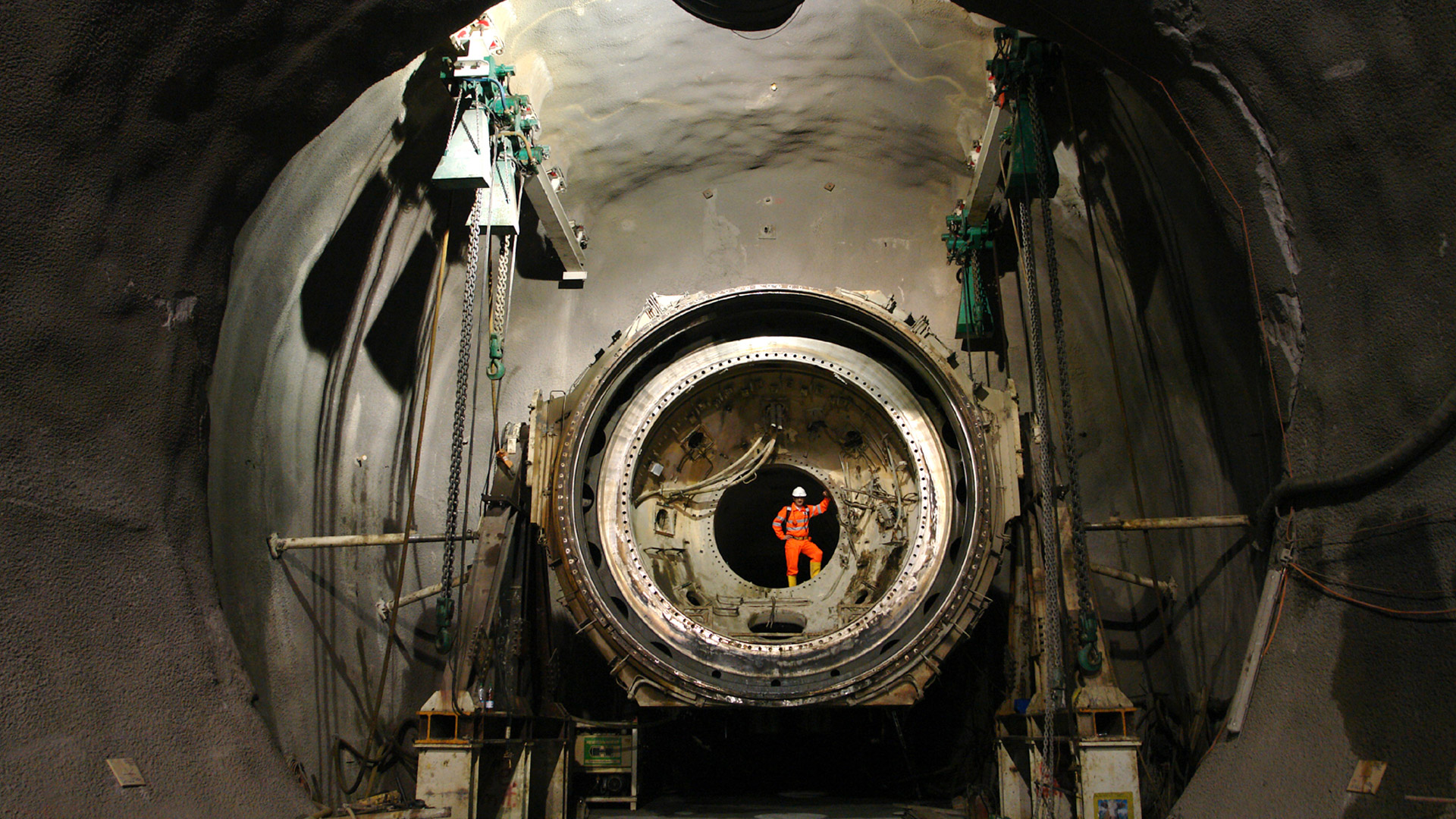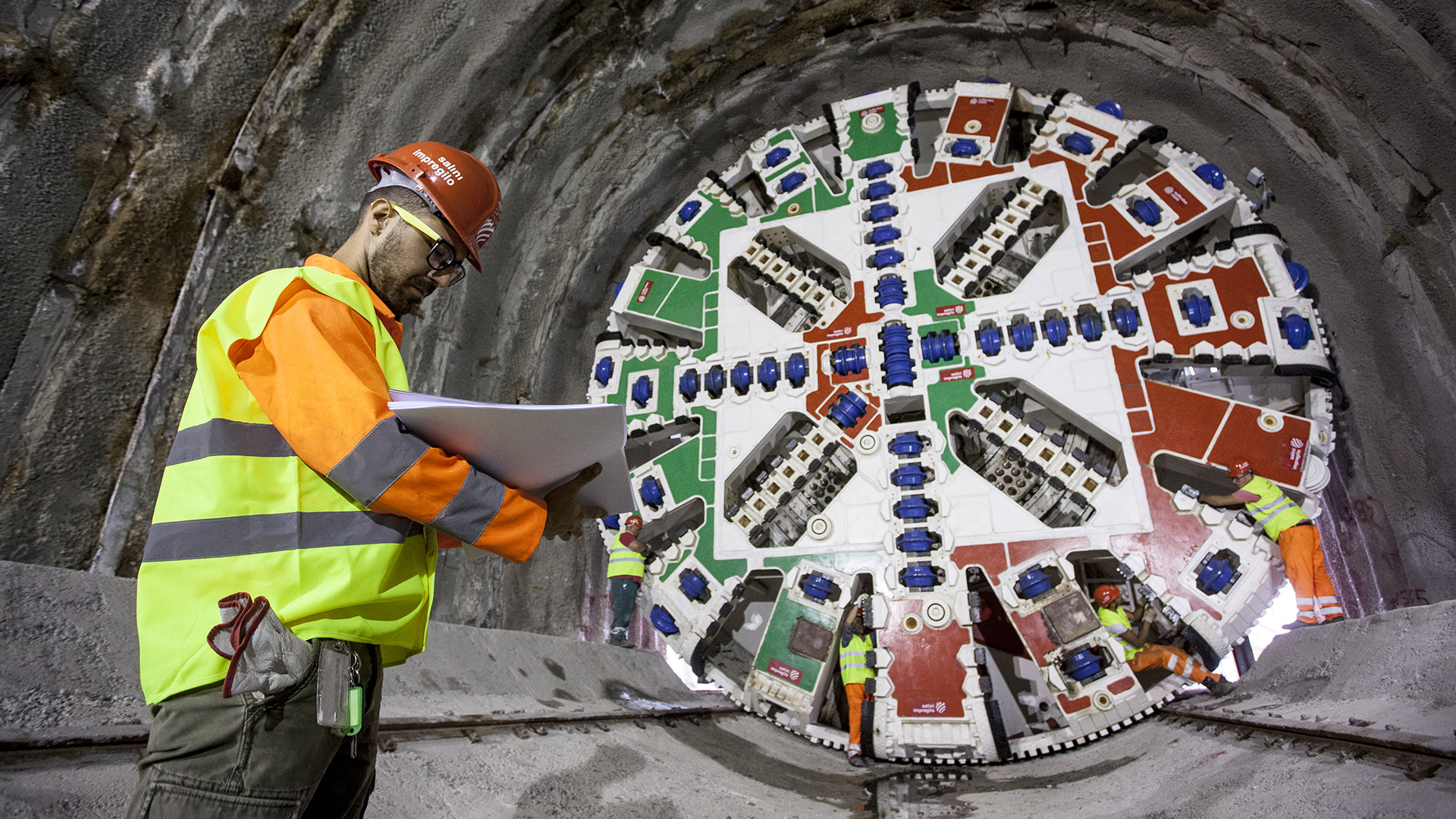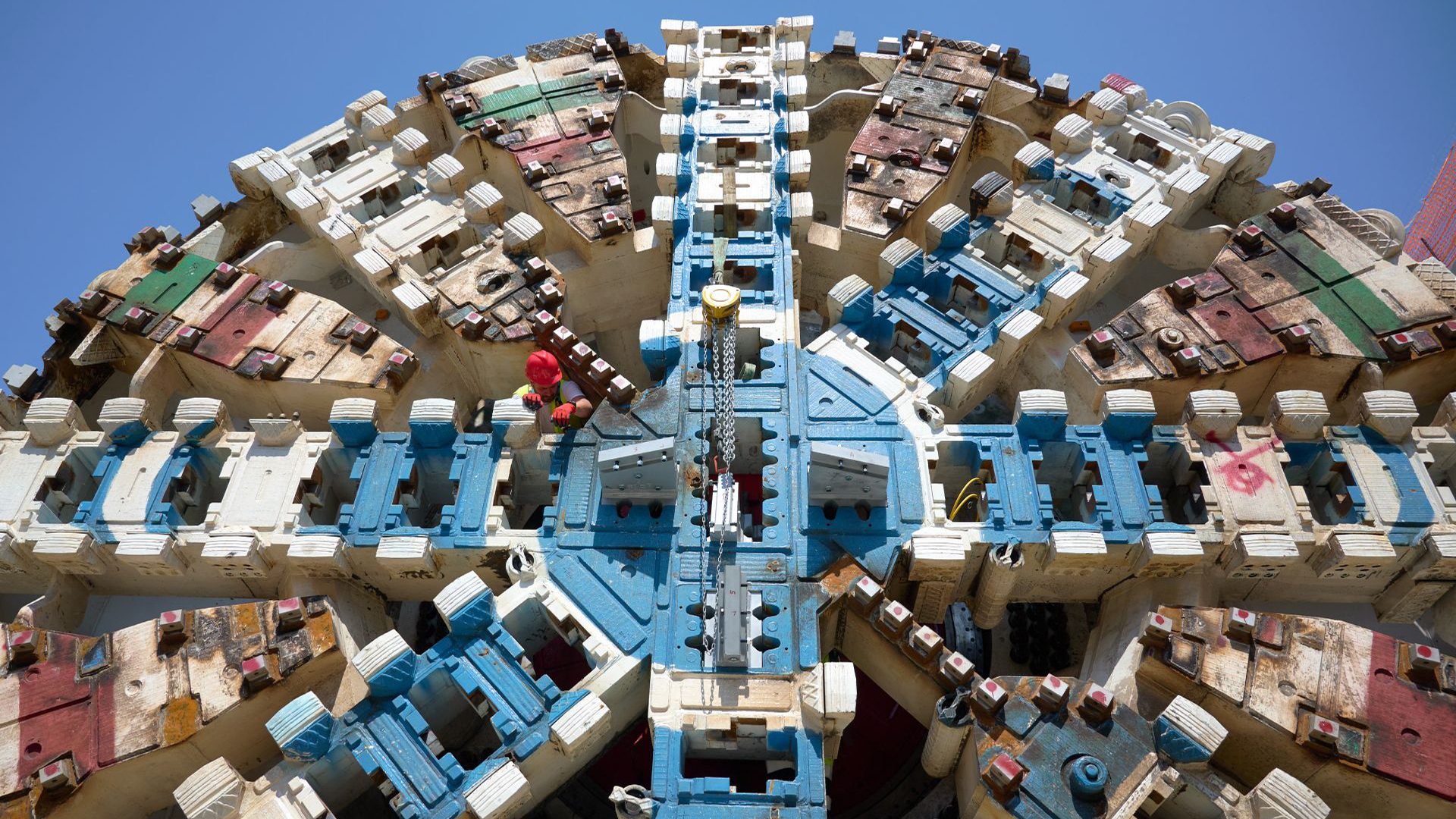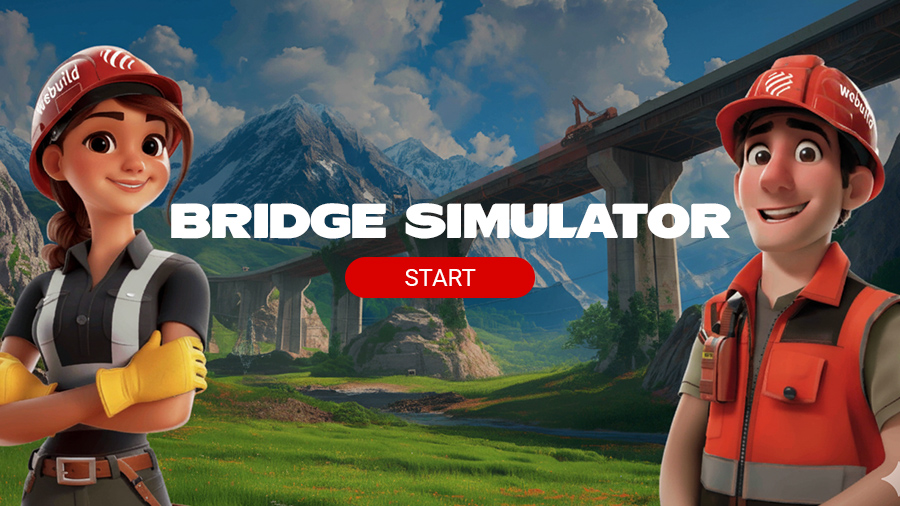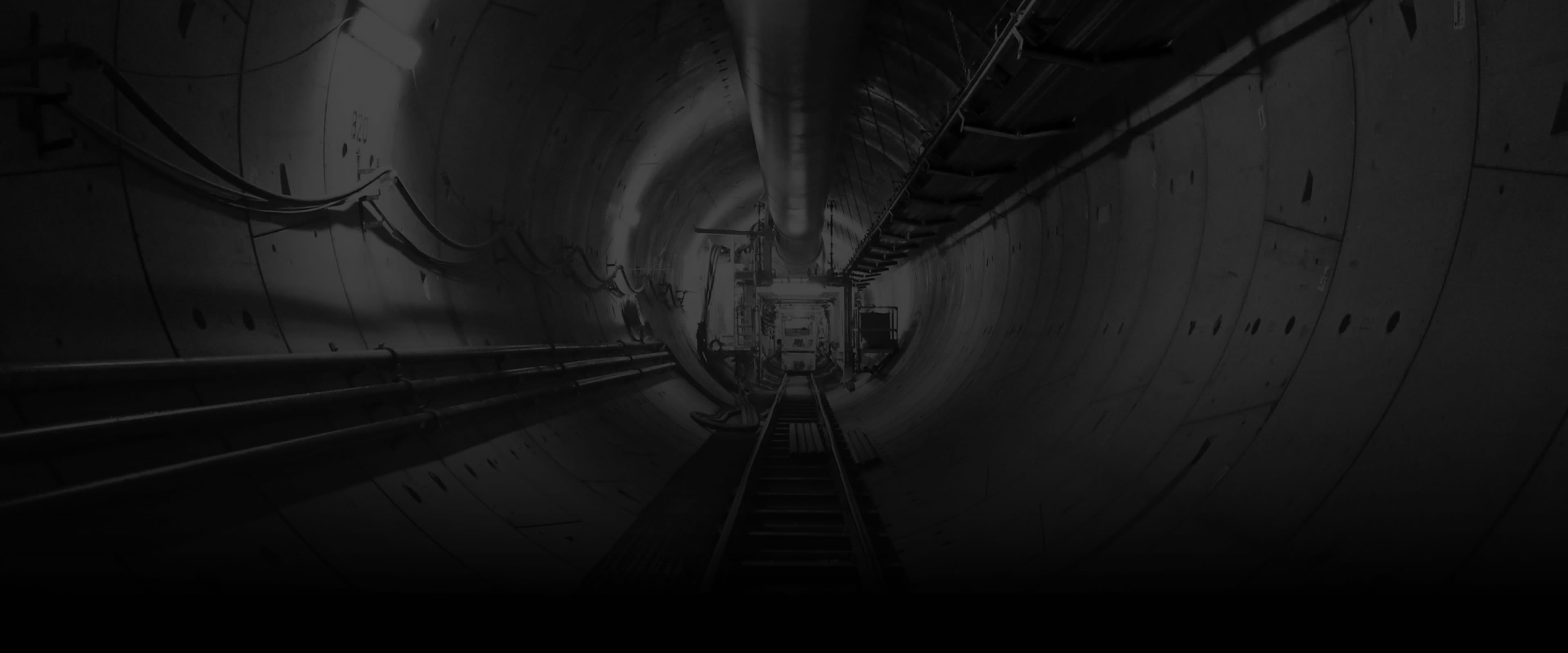
How are tunnels built?
The first Alpine tunnel, the Buco di Viso or Tunnel de la Traversette, was built in 1480 to connect Italy and France and was 75 metres long. Almost four centuries later, on 10 January 1863, the world's first underground railway line opened in London. Since then, excavation techniques have continuously evolved thanks to increasingly in-depth geological studies and innovations in technology for the machines used, as well as the increase in professional expertise.
In this collection, let’s take a look at how major tunnels are built using traditional excavation methods and with Tunnel Boring Machines - TBMs, the giant mechanical ‘moles’ responsible for the construction of some of the world’s most advanced and longest tunnels, fully mechanising the excavation of tunnels and their lining.
What are Tunnels for?
Tunnels are structures excavated within mountains or underground environments with the purpose of connecting two locations. They might accommodate a road, a railway, a metro, but they are also executed for water projects, hydroelectric power plants, desalination plants or sewage treatment plants.
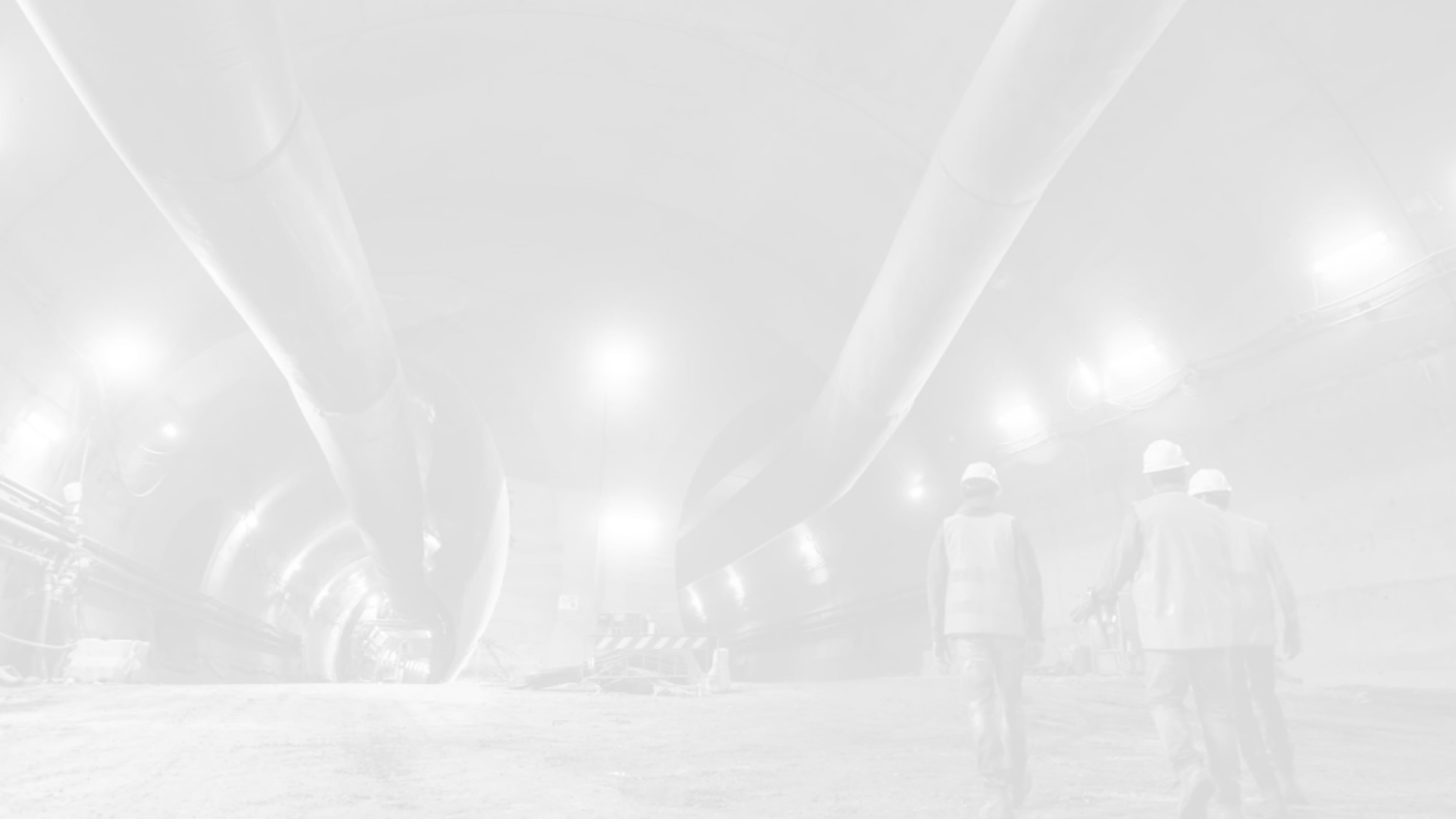
What are the main elements of a Tunnel?






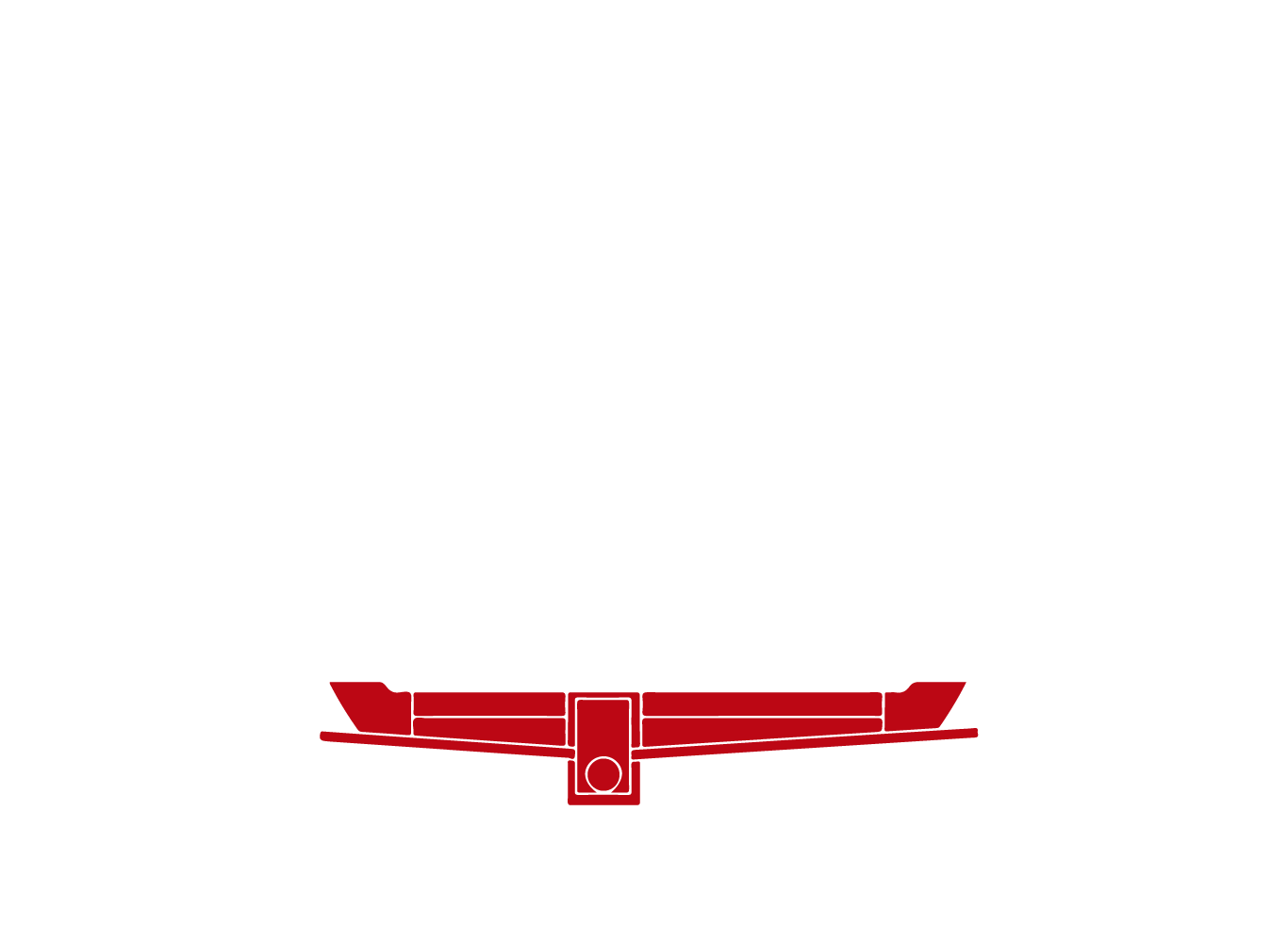

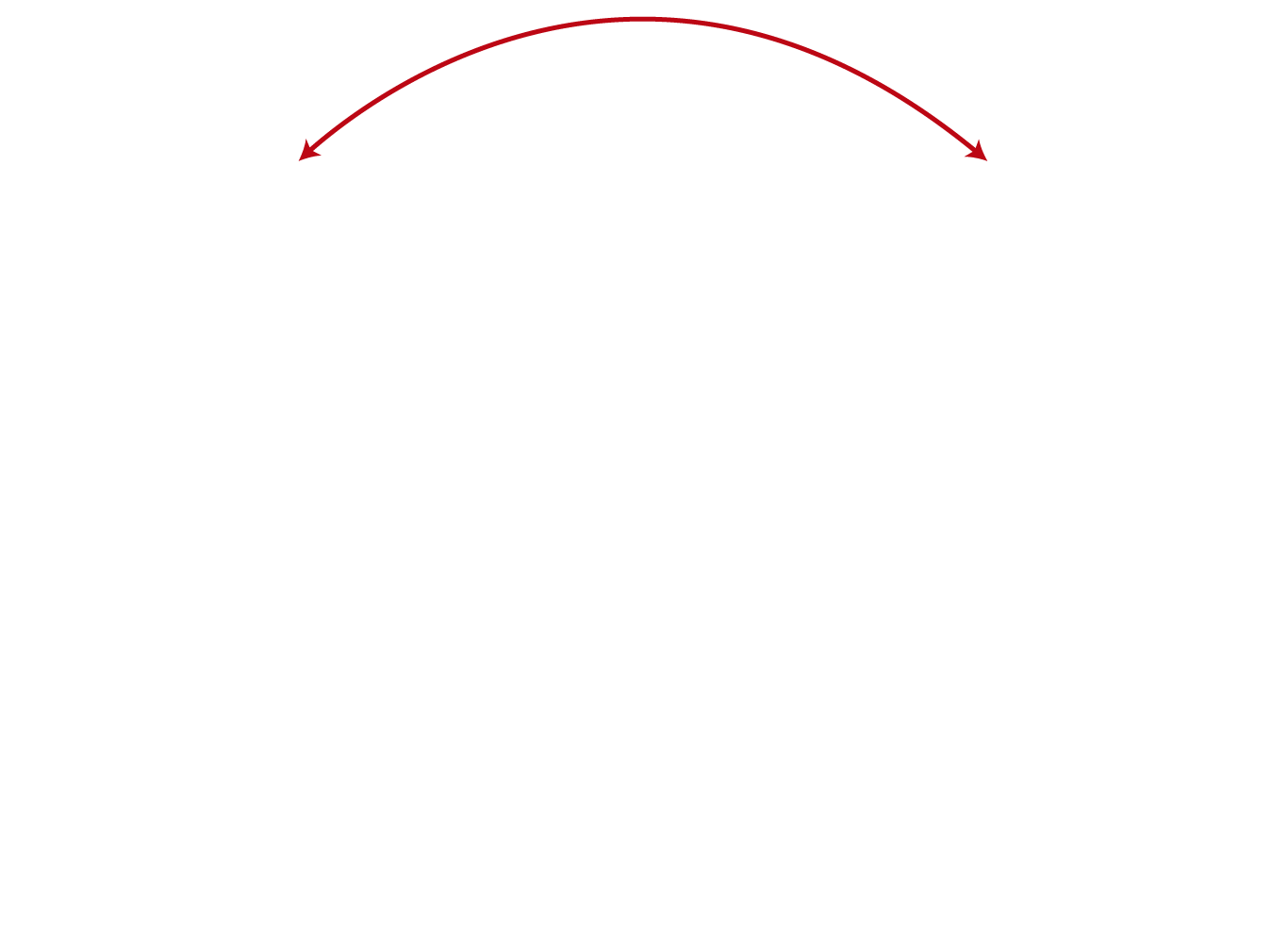


Traditional methods or mechanized excavation?
The decision whether and how to build a tunnel depends mainly on the geological studies and the geotechnical characterization of the soils to be excavated. Whenever it’s possible, the preferred choice would be generally the use of mechanized excavation by Tunnel Boring Machine (TBM), which is safer, faster and more efficient, but when the ground conditions are unstable and do not allow the use of TBMs, or when the tunnels are too short to repay economically a mechanized approach, then traditional methods are preferable.
Traditional Tunnel Excavation (Sequential Excavation Method)
There are different methodologies for a Sequential Excavation Method (SEM), with different equipment and machinery depending on soils to be excavated and their short, medium and long-term stability.
When a SEM approach is adopted, the focus will be placed on how to reduce the various activities to a well controllable and repeatable industrial process, so that to achieve the higher safety standards and to control and optimize times and costs.
One of the most common SEMs for hard soils, called Drill & Blast, foresees the rock demolition by blasting with explosives. The length of a blast depends on the properties of the rock: the more compact the material is and the better its geomechanical properties, the greater the extension of the blast, which can span from 1 to 5.5 metres.
Drill & Blast (D&B) is a cyclical process subdivided into phases, involving a range of professionals and specialists that must be perfectly coordinated to achieve a constant progress rate.
Drill & Blast phases
Sequential Excavation Method: most used equipment
A drilling rig equipped with robotic arms and pneumatic drills
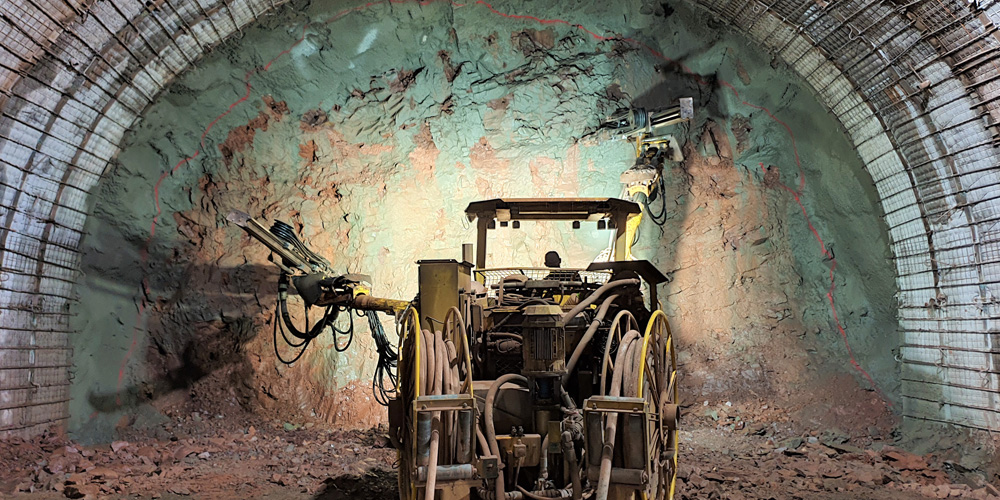
A machine used to remove spoil from the excavation face and load it onto trucks that will transport it outside the tunnel.
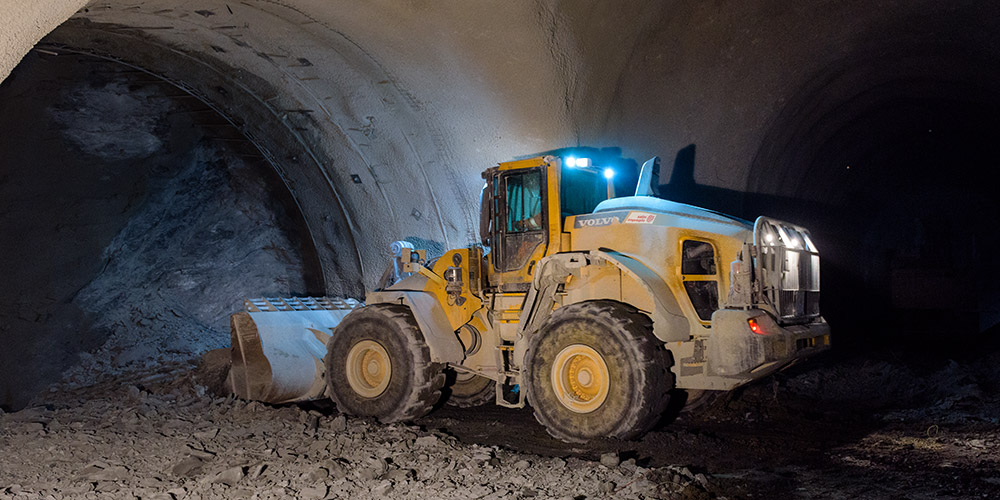
A truck with a tipper body for transporting excavated materials.
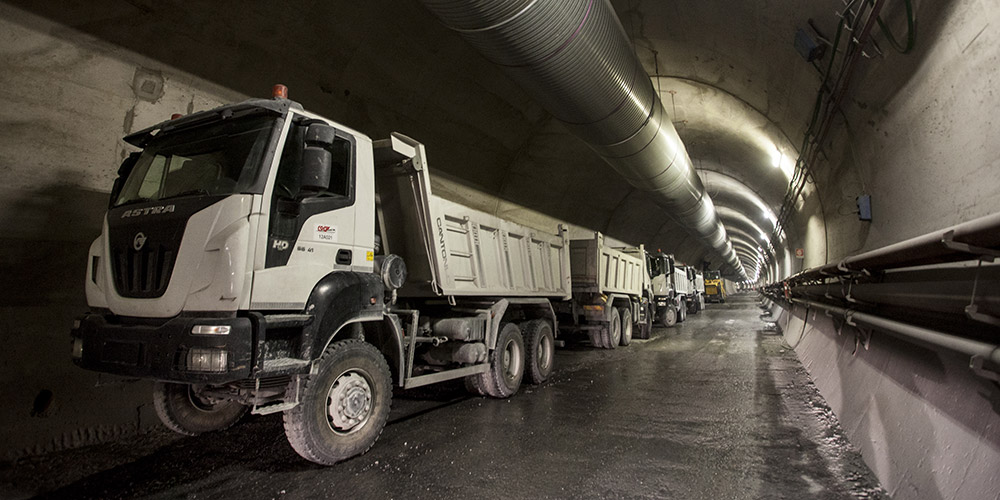
This is the device used to spray the shotcrete onto the tunnel face and its side walls.
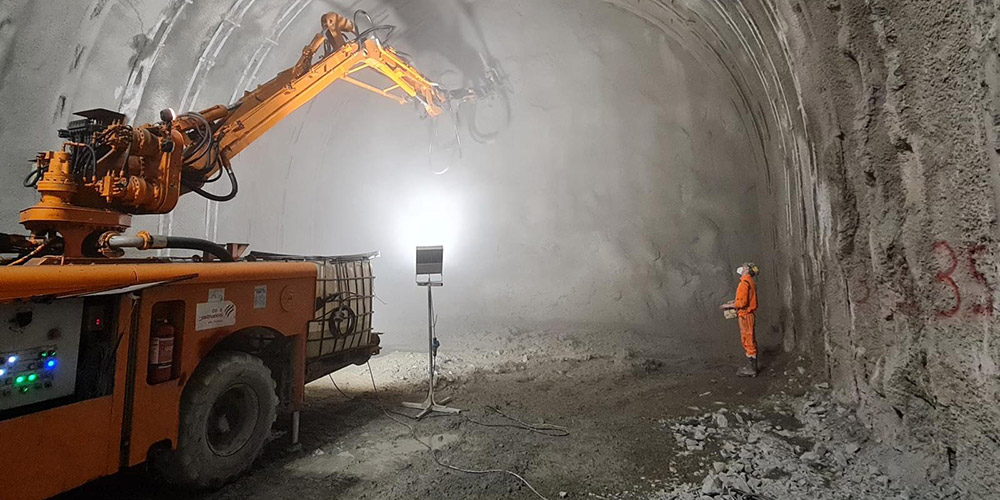
Excavators, normally equipped with an hydraulic breaker (the so-called 'jackhammer') or 'rippers', most suitable for soft-soils.
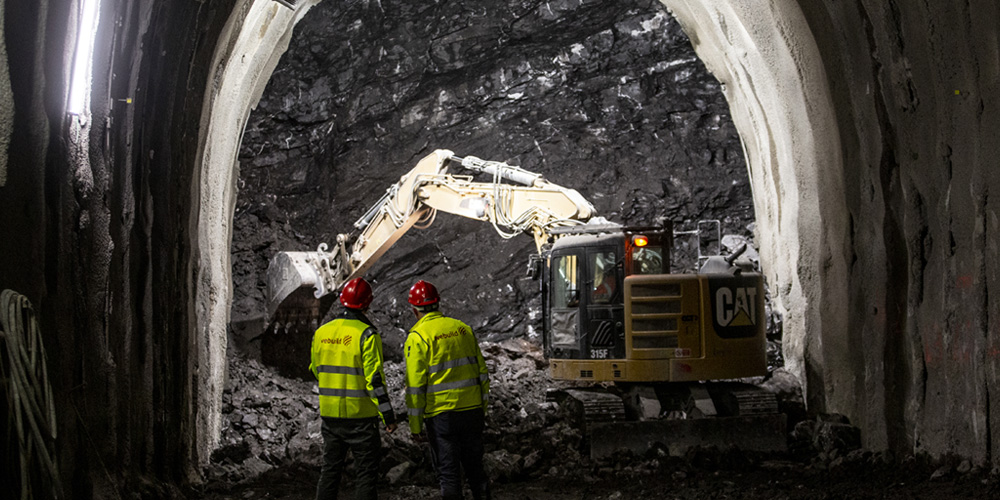
Sequential excavation method: roles involved
LOADING SHOVEL DRIVER
A specialist operator who drives the loader.
JUMBO DRIVER
A specialist operator who drives the Jumbo.
MINER
A worker involved in the excavation operations, ranging from the preparation and execution of the 'blasts' to the installation of the pre-lining on the excavation face.
LANCER
An operator who uses a lance to spray the shotcrete.
BLASTER
A specialist operator with the appropriate licence who oversees the preparation of the blast and carries out the blasting.
